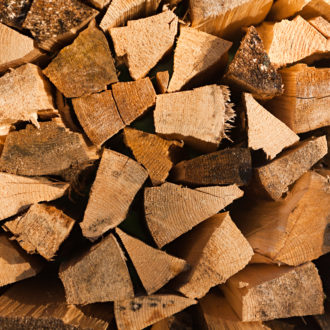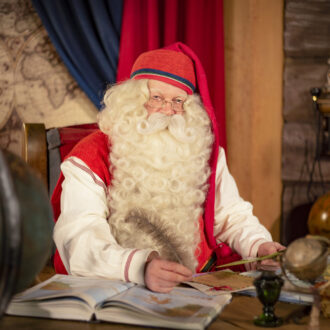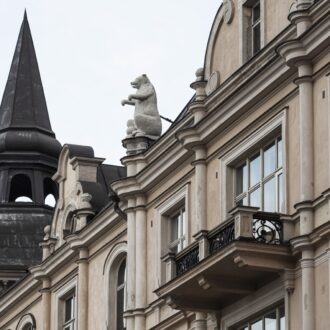The Finnish flag was made official in a law enacted on May 29, 1918, less than six months after Finland had achieved independence. Zacharias Topelius had described its symbolic colours as “the blue of our lakes and the white snow of our winters” in a poem first published in 1863.
The flag features a blue cross on a white background. It takes two forms: the national (civil) flag and the state flag.
The national flag
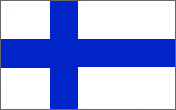
The national flag is rectangular in shape and its dimensions are: height l l units of measurement and width 18 units; width of cross 3 units; colour PMS294C; height of white fields 4 units, length of fields at the hoist 5 units and of fields at the fly 10 units. Every Finnish citizen enjoys the right to fly the national flag. With certain exceptions, the national flag is flown by Finnish vessels as their national ensign.
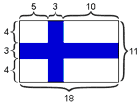
Dimensions.
The state flag
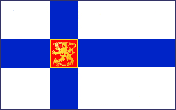
The state flag is either rectangular or three-pointed. The coat of arms of Finland is inset in the square formed by the intersecting arms of the cross. The square has a yellow border, the width of which is one-fortieth of the width of the cross. State departments and establishments fly the rectangular state flag. The Defence Forces use the three-pointed version of the flag, which is one unit of measurement longer than the national flag or the rectangular state flag. The President of the Republic uses a three-pointed version of the state flag, in the canton of which a blue and yellow Cross of Freedom is featured.
Finnish official flag-raising days in 2025 |
||
| February 3 | Alvar and Aino Aalto day, Day of Finnish Architecture and Design | a recommended flag day | |
| February 5 | Runeberg Day (in honour of national poet J.L. Runeberg) |
|
| February 6 | Sámi National Day | a recommended flag day | |
| February 28 | Kalevala Day, Finnish Culture Day (in honour of the national epic Kalevala) |
|
| March 19 | Minna Canth Day, Equality Day (in honour of writer and social activist Minna Canth) |
|
| April 8 | International Romani Day | a recommended flag day | |
| April 9 | Finnish Language Day, Mikael Agricola Day (in honour of linguist and theologian Mikael Agricola, who is credited with creating the first written Finnish literature) | |
| April 13 | County and municipal elections | |
| April 27 | National War Veterans’ Day | |
| May 1 | May Day, Labour Day | |
| May 9 | Europe Day | |
| May 11 | Mothers’ Day | |
| May 12 | Snellman Day, Finnish Heritage Day (in honour of statesman J.V. Snellman) |
|
| May 18 | Remembrance Day | |
| June 4 | Flag Day of the Defence Forces | |
| June 21 | Midsummer Day, Day of the Finnish Flag | |
| July 6 | Eino Leino Day, Day of Summer and Poetry (in honour of poet Eino Leino) |
|
| August 9 | Tove Jansson Day, Finnish Art Day | recommended flag day (in honour of author and artist Tove Jansson) | |
| August 30 | Finland’s Nature Day | |
| October 1 | Miina Sillanpää Day, Civic Participation Day (in honour of journalist, social advocate and MP Miina Sillanpää, Finland’s first female government minister) | |
| October 10 | Aleksis Kivi Day, Finnish Literature Day (in honour of author Aleksis Kivi) |
|
| October 24 | United Nations Day | |
| November 6 | Finnish Swedish Heritage Day (Svenska dagen) | |
| November 9 | Fathers’ Day | |
| November 20 | Day of Children’s Rights | |
| December 6 | Independence Day | |
| December 8 | Jean Sibelius Day, Finnish Music Day (in honour of composer Jean Sibelius) |
|
Updated January 2025
